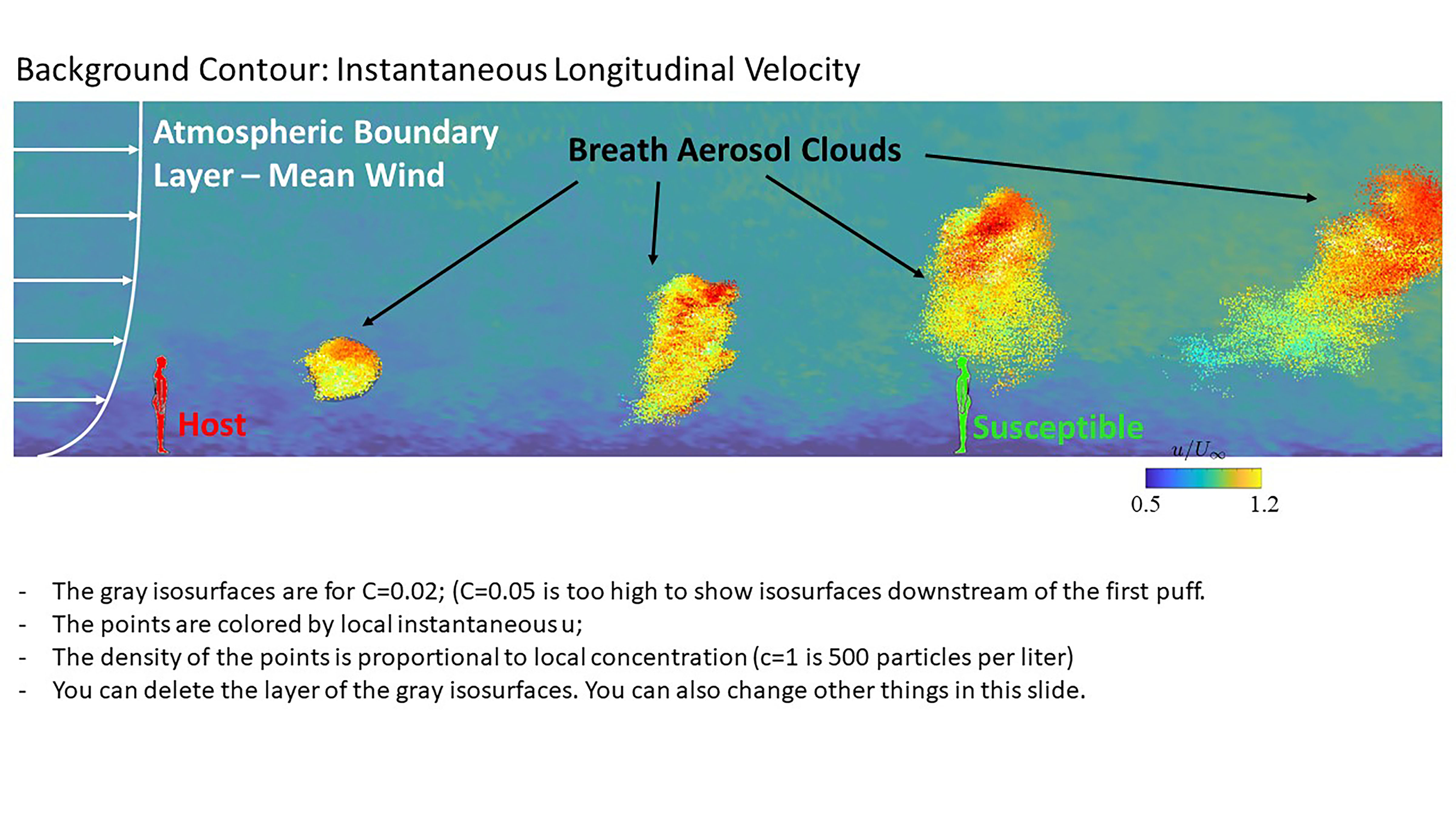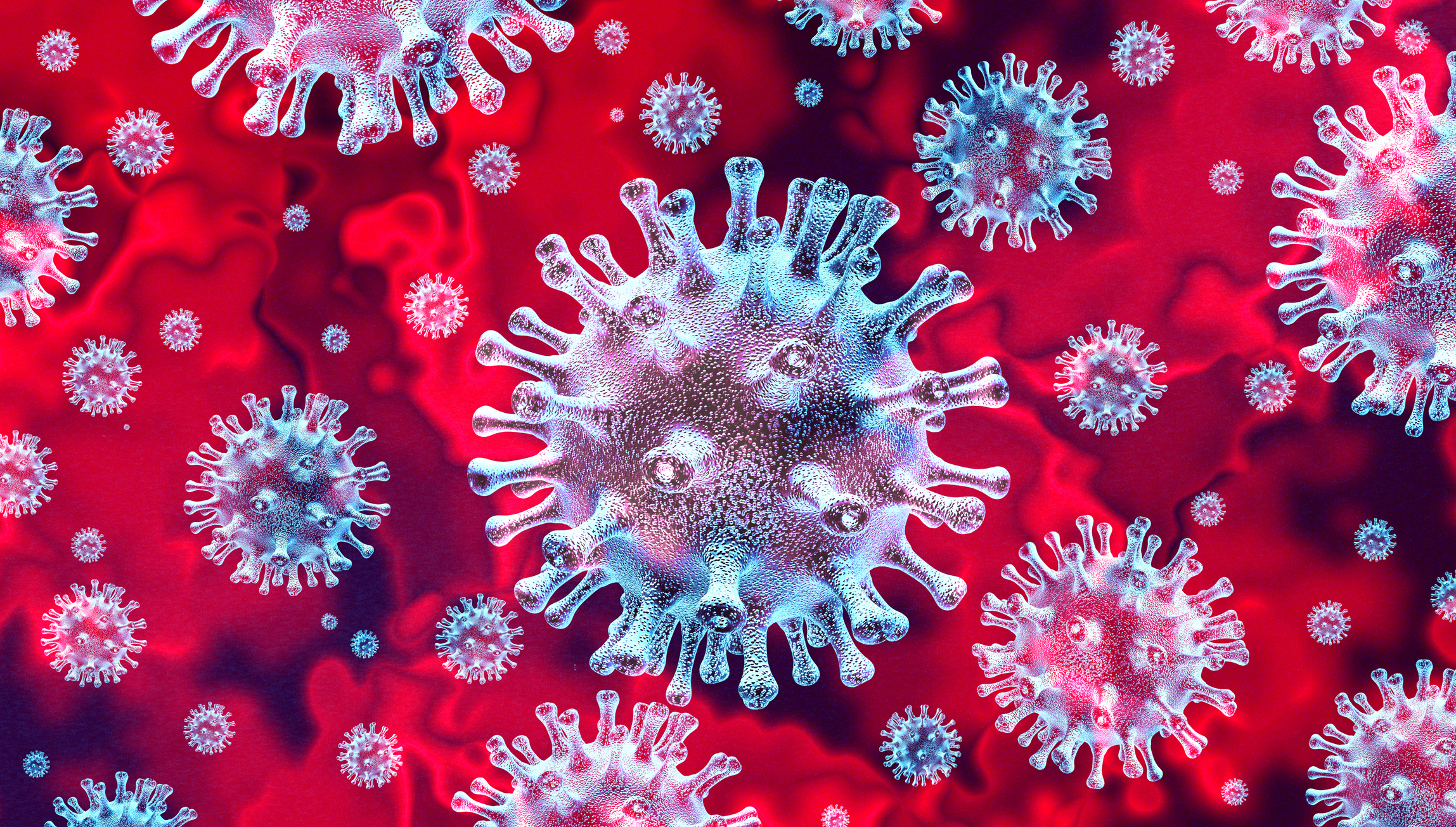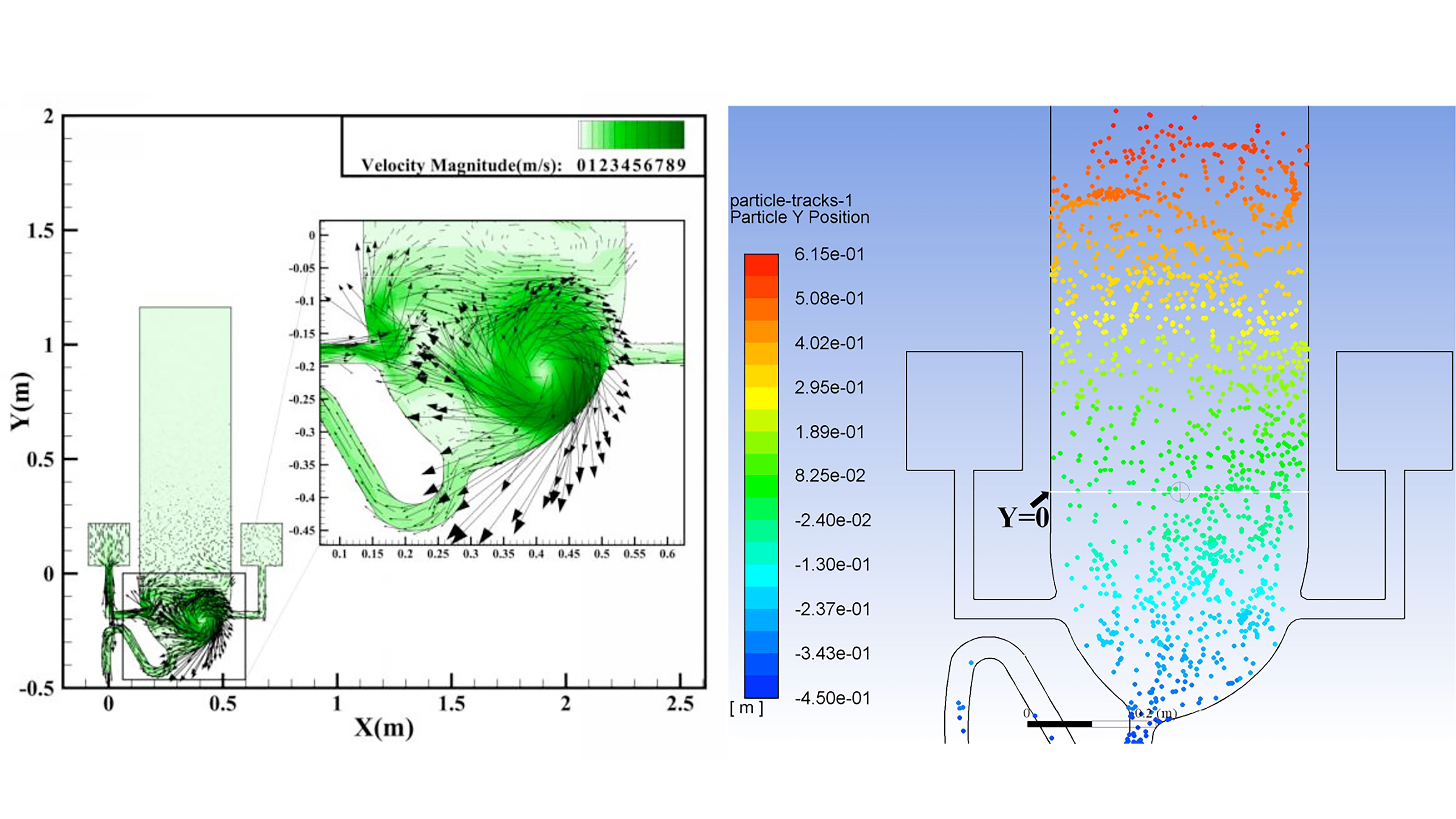Megan Greischar, assistant professor of ecology and evolutionary biology at Cornell University, studies parasites and the transmission of infection – particularly, malaria. Her recent research looked at malaria diagnostics and the impact on vaccine efficacy. Greischar says: “Eliminating vector-borne diseases…
Tag: Transmission
Few children affected by monkeypox so far – But risks are higher in children 8 or younger
Children aged 8 years or younger should be considered a group at high risk for more severe monkeypox disease, reports The Pediatric Infectious Disease Journal, the official journal of The European Society for Pediatric Infectious Diseases. The journal is published in the Lippincott portfolio by Wolters Kluwer.
Method for detecting waves of COVID-19 infections can shape critical public health decisions during a pandemic
A method that combines case investigation data from local health departments and hospitalizations records from local institutions allows for the objective detection of new waves of infection during a pandemic, according to research from UTHealth Houston.
JMIR Research Protocols | Google Apple Exposure Notification System for COVID-19
JMIR Publications recently published “Dissemination and Implementation of a Google Apple Exposure Notification System for COVID-19 Risk Mitigation at a National Public University: Protocol for a Pilot Evaluation Study in a Real-World Setting” in JMIR Research Protocols which reported that this paper describes the protocol for South Carolina Safer Together, developed by Clemson University to design, deploy, and evaluate multilevel communication and dissemination and implementation (D&I) strategies in line with recommendations from governmental and educational agencies to mitigate the risk of exposure to COVID-19.
Improving air quality, health screenings, and public health messaging—research points to better strategies for managing future epidemics
Improving air quality, health screenings, and public health messaging—research points to better strategies for managing future epidemics
Non-invasive ventilation for COVID-19 patients isn’t linked to heightened infection risk
New research has found that the use of non-invasive breathing support to treat moderate to severe COVID-19 infection, isn’t linked to a heightened infection risk, as currently thought.
Ventilation Matters: Engineering Airflow to Avoid Spreading COVID-19
As we approach two full years of the COVID-19 pandemic, we now know it spreads primarily through airborne transmission. The virus rides inside tiny microscopic droplets or aerosol ejected from our mouths when we speak, shout, sing, cough, or sneeze. It then floats within the air, where it can be inhaled by and transmitted. This inspired researchers in India to explore how we can better understand and engineer airflow to mitigate the transmission of COVID-19.
New Study Gives Insight into How Often COVID-19 Spreads through Households
A new study out in the Clinical Infectious Diseases journal demonstrates how quickly COVID-19 can spread through a household, and provides insight into how and why communities of color have suffered disproportionately from the pandemic.
Study: Insights from two reopened schools during the COVID-19 pandemic
During the 2020-2021 fall semester, school districts around the United States navigated their reopening plans with little data on how SARS-CoV-2 spreads among children or how in-person learning would impact transmission in the schools’ communities. A new study in The Journal of School Health joins a growing body of evidence that, with appropriate measures, there are ways for schools to safely reopen.

Estimating Risk of Airborne COVID-19 with Mask Usage, Social Distancing
In Physics of Fluids, researchers used a model to understand airborne transmission that is designed to be accessible to a wide range of people, including nonscientists. Employing concepts of fluid dynamics and factors in airborne transmission, they propose the Contagion Airborne Transmission inequality model. While not all factors may be known, it can still be used to assess relative risks. The researchers determined protection from transmission increases with physical distancing in an approximately linear proportion.

Story Tips from Johns Hopkins Experts on COVID-19
Front-line Worker Story: Ebony Hunter — Teamwork Will Get Us Through
It seems there will never be enough “thank-you’s” for the incredible doctors, nurses, technicians and support staff members who are working around the clock to help patients who have COVID-19, the dangerous coronavirus disease. Their dedication, determination and spirit enable Johns Hopkins to deliver the promise of medicine.

Flushing Toilets Create Clouds of Virus-Containing Particles
Researchers used a computer simulation to show how a flushing toilet can create a cloud of virus-containing aerosol droplets that is large and widespread and lasts long enough that the droplets could be breathed in by others. With recent studies showing the COVID-19 virus can survive in the human digestive tract and show up in feces of the infected, this raises the possibility the disease could be transmitted with the use of toilets.

University of Miami Coronavirus Study Targets Possible Sexual Transmission
Men who tested positive for COVID-19 are now being enrolled in a unique study led by the University of Miami Miller School of Medicine to determine the interaction of the virus with semen.